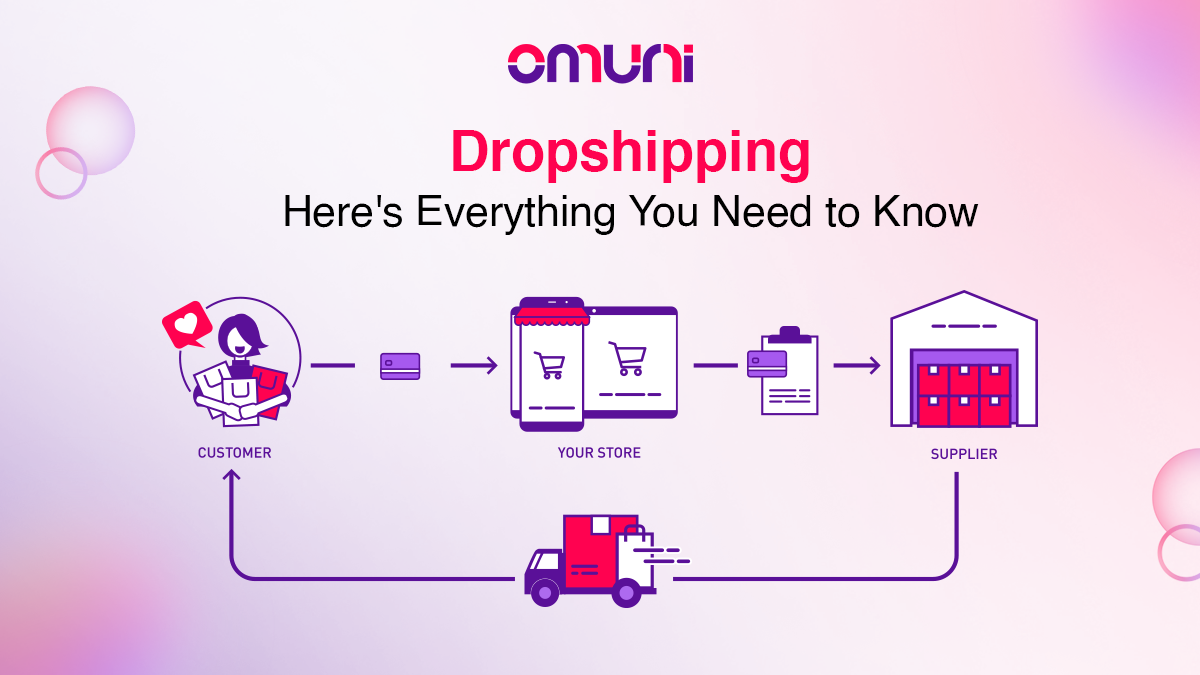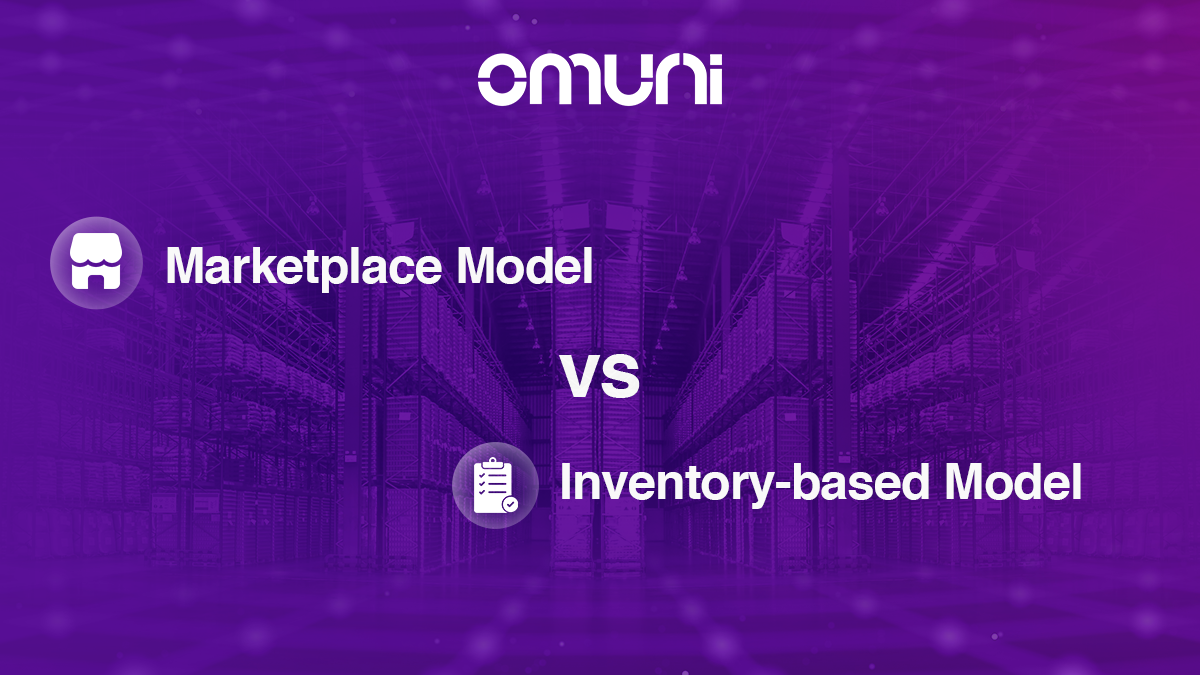Store Order Management: Streamline Your Business Operations
Retail stores are the most preferred method of shopping for customers. They are the most revenue-generating channel for many businesses and are the prime interaction point between the brand and the customer.
But stores these days have to do much more as they receive orders from different channels like websites, marketplaces, apps, social media, etc. Therefore, as your retail business grows, managing store orders will likely become one of the hardest things you must do.
Without an effective store order management system, your stores can struggle to keep track of online orders, inventory levels, and logistics schedules. This can result in fulfillment delays and dissatisfied customers.
This blog will discuss how you can optimize your store order management to streamline your store orders and keep your business running smoothly.
What is Order Management?
For retailers, order management involves facilitating the fulfillment of incoming orders via retail stores. This includes the complete order lifecycle, i.e., receiving, allocating, fulfilling, tracking, and returning orders.
Simply put, order management encompasses everything from when a customer places an order to get the order delivered. This requires the unification of all touchpoints across the network to deliver seamless customer experiences.
Good order management brings together all of your retail channels so that you can connect with your customers and meet their needs anywhere, anytime.
Ways to Optimize Your Store Order Management

There are many strategies and ways to streamline your store order management to keep your business up and running.
Centralize Your Order Management
Centralizing your orders in one system is one of the best ways to ensure your order management works well. Centralizing orders means using a single platform to manage all incoming orders, regardless of the sales channel they are created on.
Centralizing your orders allows you to keep track of all your orders in real-time, thereby avoiding any missed orders or duplicate entries.
While looking for systems to centralize your order management, ensure the solution has features for managing orders, inventory, shipping, etc. Also, ensure the system can integrate with your current tech stacks, like POS, ERP, WMS, accounting software, and logistics partners.
Automate Your Order Fulfillment
Automation is another way you can effectively manage your orders. Automating your order fulfillment process can save you time, reduce errors, and improve the customer experience.
Automation tools help you update product assortments, send order confirmation emails, update inventory levels, generate shipping bills, send track links, and more. Automation lets you focus on other important tasks and ensures that your orders are processed quickly and accurately.
While going for automation systems, ensure the platform offers features like real-time tracking, batch order processing, multiple logistics partner integrations, and more.
Monitor Your Inventory Levels
The key to effective order management is closely monitoring your inventory levels. Without an accurate inventory, you may order the wrong product, run out of stock, experience problems in cash flows, overstock on dead inventory, and lose the opportunity to sell a good product.
Therefore, updating your inventory regularly and setting alerts for low stock levels is crucial to avoid such issues. Regular monitoring allows you to order proactively and avoid stockouts.
Good inventory management solutions allow features like barcode scanning, order tracking, automated stock alerts, avoiding over or understocking, etc.
Track Your Order Metrics
It is very important for your business that you track order metrics so that you can identify areas for improvement. It is crucial that you measure key metrics to ensure the order management system you deploy is functioning effectively.
Some of the key metrics that should be tracked are:
- Order volume: This metric tells how many orders you receive per day, per week, and per month. This metric provides a bird’s eye view of your orders.
- Order fulfillment time: This metric is the measurement of how long it takes to fulfill an order from the time it gets placed. It also measures the time it takes for an order to be shipped.
- Shipping accuracy: This metric keeps account of how many orders are shipped accurately and are on time.
- Customer satisfaction: The metric considers the satisfaction levels of customers with their order experience.
The above metrics help you figure out where your order management system is slowing down or not working as well as it could. They allow you to make decisions based on data so that you can optimize your system.
Conclusion
For running a successful retail business, it is crucial to have effective store order management. Today, there are many strategies to optimize your store order management and streamline your store orders to keep your business running smoothly.
You can streamline your operations by centralizing order management, automating order fulfillment, monitoring inventory levels, and tracking order metrics. With the right tools and methods, you can set your business for long-term success.
Frequently Asked Questions (FAQs)
The 3 steps for order processing are:
#1- Receiving customer’s order
#2- Fulfilling customer’s order
#3- Handling the post-sales process
The order cycle represents the number of days in which the orders are processed, packaged, and shipped. It also shows how much stock is required before placing the exact inventory order.
Order management is tracking orders from the moment they are created until the order reaches the end customer. It synchronizes inventory, incoming orders, and logistics partners so that you have complete control over the fulfillment process.



